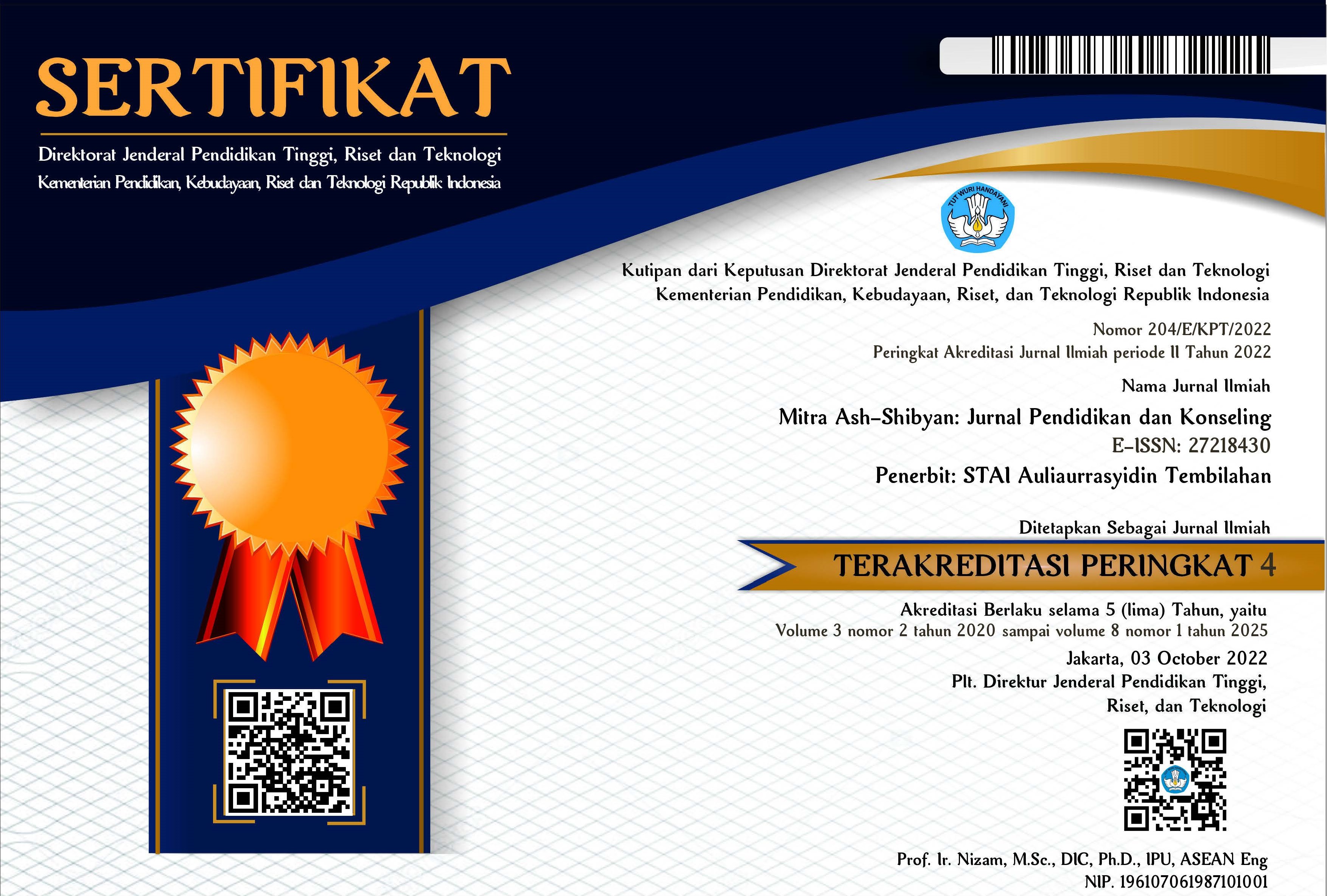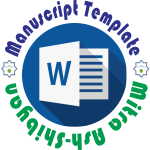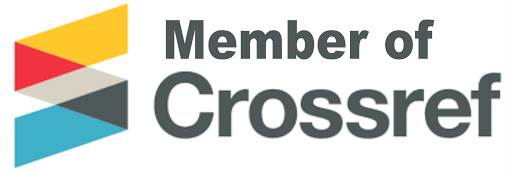Enhancing English Vocabulary Learning for Children with Special Needs Using a Differentiated Method
DOI:
https://doi.org/10.46963/mash.v8i01.2495Keywords:
Vocabulary, Early childhood education, Children with special needs, Differentiated methodAbstract
Language is a fundamental communication tool that enables interaction across various contexts. As a global lingua franca, English can be introduced to children at an early age, including those with special needs. This study explores the effectiveness of a differentiated learning approach in enhancing English vocabulary acquisition among children with special needs. Employing an action research design, the study was conducted in three cycles, each comprising planning, action, observation, and reflection. Data were collected through observations and vocabulary tests administered over the three cycles. In the first cycle, visual media such as flashcards were used to introduce vocabulary. The second cycle incorporated auditory learning through songs, while the third cycle integrated audiovisual media in the form of animations. Five early childhood education (ECE) students with special needs participated in the study. Findings revealed that differentiated instruction significantly improved vocabulary acquisition. The students’ average vocabulary test scores increased from 45 in the first cycle to 35 in the second, before reaching 75 in the third cycle. These results highlight the efficacy of differentiated learning strategies in addressing the diverse needs of children with special needs, providing an inclusive and adaptive approach to vocabulary instruction. The study underscores the importance of employing multimodal instructional techniques to enhance language acquisition and suggests that differentiated methods can serve as a valuable pedagogical tool for educators working with special needs learners. Future research may explore long-term retention and the impact of differentiated learning on other language skills.
Downloads
References
Alshaikhi, T., & Khasawneh, M. A. S. (2024). Enhancing teacher competence in differentiated instruction for English language learners with disabilities: A professional development intervention. World Journal of English Language, 15(1), 101–110. https://doi.org/10.5430/wjel.v15n1p101
Amalia, T. Z., & Hidayati, D. A. (2024). Collaborating strategies for teaching children with special needs through traditional games and audio-visuals. Teaching English to Young Learners in Indonesia (TEYLIN), 5(1), 1–10. https://scholar.google.com/citations?view_op=view_citation&hl=en&user=wvzpQtEAAAAJ&citation_for_view=wvzpQtEAAAAJ:QIV2ME_5wuYC
Andari, I. A. M. Y., Wiguna, I. B. A. A., & Arini, N. M. (2022). The use of flashcards teaching strategy in recalling English vocabulary. Yavana Bhasha: Journal of English Language Education, 5(1), 12–21. https://doi.org/10.25078/yb.v5i1.726
Anderson, S. (2019). Audio-visual aids in education. Scientific e-Resources. https://g.co/kgs/tsAzPNz
Anggira, A. S., Aryanti, N., Suryadi, S., & Tusriyanto, T. (2022). Songs for teaching vocabulary: English learning media for preschoolers. Jurnal Obsesi: Jurnal Pendidikan Anak Usia Dini, 6(6), 6069–6078. https://doi.org/10.31004/obsesi.v6i6.2870
Arriani, F., Agustiawati, R., Rizki, A., Widiyanti, R., Wibowo, S., Tulalessy, C., & Herawati, F. (2021). Panduan pelaksanaan pendidikan inklusif. Kementerian Pendidikan, Kebudayaan, Riset, dan Teknologi. https://repositori.kemdikbud.go.id/24970/
Clarke, A. (2023). Teacher inquiry: By any other name. In R. J. Tierney, F. Rizvi, & K. Ercikan (Eds.), International Encyclopedia of Education (4th ed., pp. 232–242). Elsevier. https://doi.org/10.1016/B978-0-12-818630-5.04026-4
Evija, L., & Zustrupa, E. (2020). Differentiated activities in the context of inclusive education to enhance the acquisition of the English language at primary school. Human, Technologies, and Quality of Education, 99–108. https://doi.org/10.22364/htqe.2020.08
Fakhiratunnisa, S. A., Pitaloka, A. A. P., & Ningrum, T. K. (2022). Konsep dasar anak berkebutuhan khusus. MASALIQ, 2(1), 26–42. https://doi.org/10.58578/masaliq.v2i1.83
Hodges, H., Fealko, C., & Soares, N. (2020). Autism spectrum disorder: Definition, epidemiology, causes, and clinical evaluation. Translational Pediatrics, 9(Suppl 1), S55–S65. https://doi.org/10.21037/tp.2019.09.09
Joon, P., Kumar, A., & Parle, M. (2021). What is autism? Pharmacological Reports, 73(5), 1255–1264. https://doi.org/10.1007/s43440-021-00244-0
Maryanti, R., Nandiyanto, A. B. D., Hufad, A., & Sunardi, S. (2021). Science education for students with special needs in Indonesia: From definition, systematic review, education system, to curriculum. Indonesian Journal of Community and Special Needs Education, 1(1), 1–10. https://doi.org/10.17509/ijcsne.v1i1.32653
Mukaffa, Z., Chasanah, U., & Ahmala, M. (2023). Breaking the barriers: Flash card media’s role in enhancing literacy for students with special needs. AL-ISHLAH: Jurnal Pendidikan, 15(3), 2446–2456. https://doi.org/10.35445/alishlah.v15i3.2446
Purba, M., Purnamasari, N., Soetantyo, S., Suwarma, I. R., & Susanti, E. I. (2021). Naskah akademik prinsip pengembangan pembelajaran berdiferensiasi (differentiated instruction) pada kurikulum fleksibel sebagai wujud Merdeka Belajar. Pusat Kurikulum dan Pembelajaran, Badan Standar, Kurikulum, dan Asesmen Pendidikan, Kementerian Pendidikan, Kebudayaan, Riset, dan Teknologi, Republik Indonesia. https://kurikulum.kemdikbud.go.id/wpcontent/uploads/2022/arsip/Buku-Nasmik-ISBN.pdf
Riyanita, N., Susilawati, E., & Surmiyati. (2024). The implementation of differentiated instruction to teach the English subject at inclusive primary schools. LinguA-LiterA: Journal of English Language Teaching Learning and Literature, 7(1), 11–21. https://jurnal.stkippgritrenggalek.ac.id/index.php/lingua/article/view/686
Sandra, L. A., & Kurniawati, L. A. (2020). Differentiated instructions in teaching English for students with autism spectrum disorder. JET (Journal of English Teaching) ADI BUANA, 5(01), 1–10. https://doi.org/10.36456/jet.v5.n01.2020.2274
Setiawati, F. A., & Nai’mah. (2020). Mengenal konsep-konsep anak berkebutuhan khusus dalam PAUD. SELING: Jurnal Program Studi PGRA, 6(2), 35–45. https://doi.org/10.29062/seling.v6i2.635
Simatupang, G. E., Sinambela, R., Manurung, A. O. P., Anggraini, D. F., Purba, T. M., Herman, H., Saragih, S. T., Hasibuan, R., & Siahaan, S. H. (2023). Meningkatkan kosakata bahasa Inggris melalui lagu bahasa Inggris di kelas 4 SD Swasta GKPS 2 Pematang Siantar. Beru’-Beru’: Jurnal Pengabdian Kepada Masyarakat, 2(1), 1–10. https://doi.org/10.31605/jipm.v2i1.2745
Siregar, A. S. B., Tobing, E. G. L., & Fitri, N. R. (2021). Developing teaching materials: Using animation media to learn English vocabulary for early childhood. ETDC: Indonesian Journal of Research and Educational Review, 1(1), 1–10. https://doi.org/10.51574/ijrer.v1i1.44
Sujoko. (2023). Psikologi pendidikan anak dan ABK. USB Press. https://library.setiabudi.ac.id/img-konten/download/BUKU%20AJAR_PSIKOLOGI%20PENDIDIKAN%20ANAK%20DAN%20ABK.pdf
Talain, A., & Mercado, F. (2023). Teachers’ perspectives on the use of differentiated instruction for English language teaching. The Normal Lights, 17(2), 2152–2162. https://doi.org/10.56278/tnl.v17i2.2152
Tomlinson, C. A. (1999). The differentiated classroom: Responding to the needs of all learners. Association for Supervision and Curriculum Development. https://books.google.com/books?id=0xJRBAAAQBAJ&printsec=frontcover&dq=Tomlinson,+C.+A.+(1999).+The+Differentiated+Classroom:+Responding+to+the+Needs+of+All+Learners.+Association+for+Supervision+and+Curriculum+Development.&hl=id&newbks=1&newbks_redir=1&sa=X&ved=2ahUKEwjnwJv1iaCLAxUFRmcHHclgFZMQ6AF6BAgIEAM
Trimuliana, I. (2021). PAUDPEDIA - Kenali gaya belajar anak sebelum menciptakan pembelajaran. PAUDPEDIA. https://paudpedia.kemdikbud.go.id/komunitas-pembelajar/guru-kreatif/kenali-gaya-belajar-anak-sebelum-menciptakan-pembelajaran?ref=MjAyMTAyMjUwMDU4NDktNGQ1OTJiZmY=&ix=Mi0yNzUzY2RjMw==
Wanti, L. P., Romadloni, A., Somantri, O., Sari, L., Prasetya, N. W. A., & Johanna, A. (2023). English learning assistance using interactive media for children with special needs to improve growth and development. Pengabdian: Jurnal Abdimas, 1(2), 46–58. https://doi.org/10.55849/abdimas.v1i2.155
Widyahening, C. E. T., & Sufa, F. F. (2023). Learning English vocabulary with crossword media for early childhood. Jurnal Obsesi: Jurnal Pendidikan Anak Usia Dini, 7(6), 6720–6729. https://doi.org/10.31004/obsesi.v7i6.5529
Windsperger, K., & Hoehl, S. (2021). Development of Down syndrome research over the last decades–What healthcare and education professionals need to know. Frontiers in Psychiatry, 12, 749046. https://doi.org/10.3389/fpsyt.2021.749046
Downloads
Published
Issue
Section
License
Copyright (c) 2025 Dian Alina Hidayati, Taranindya Zulhi Amalia

This work is licensed under a Creative Commons Attribution-ShareAlike 4.0 International License.
Authors who publish with this journal agree to the following terms:
1. Copyright on any article is retained by the author(s).
2. The author grants the journal, right of first publication with the work simultaneously licensed under a Creative Commons Attribution shareAlike 4.0 International License that allows others to share the work with an acknowledgment of the work’s authorship and initial publication in this journal.
3. Authors are able to enter into separate, additional contractual arrangements for the non-exclusive distribution of the journal’s published version of the work (e.g., post it to an institutional repository or publish it in a book), with an acknowledgment of its initial publication in this journal.
4. Authors are permitted and encouraged to post their work online (e.g., in institutional repositories or on their website) prior to and during the submission process, as it can lead to productive exchanges, as well as earlier and greater citation of published work.
5. The article and any associated published material is distributed under the Creative Commons Attribution-ShareAlike 4.0 International License







2.png)



